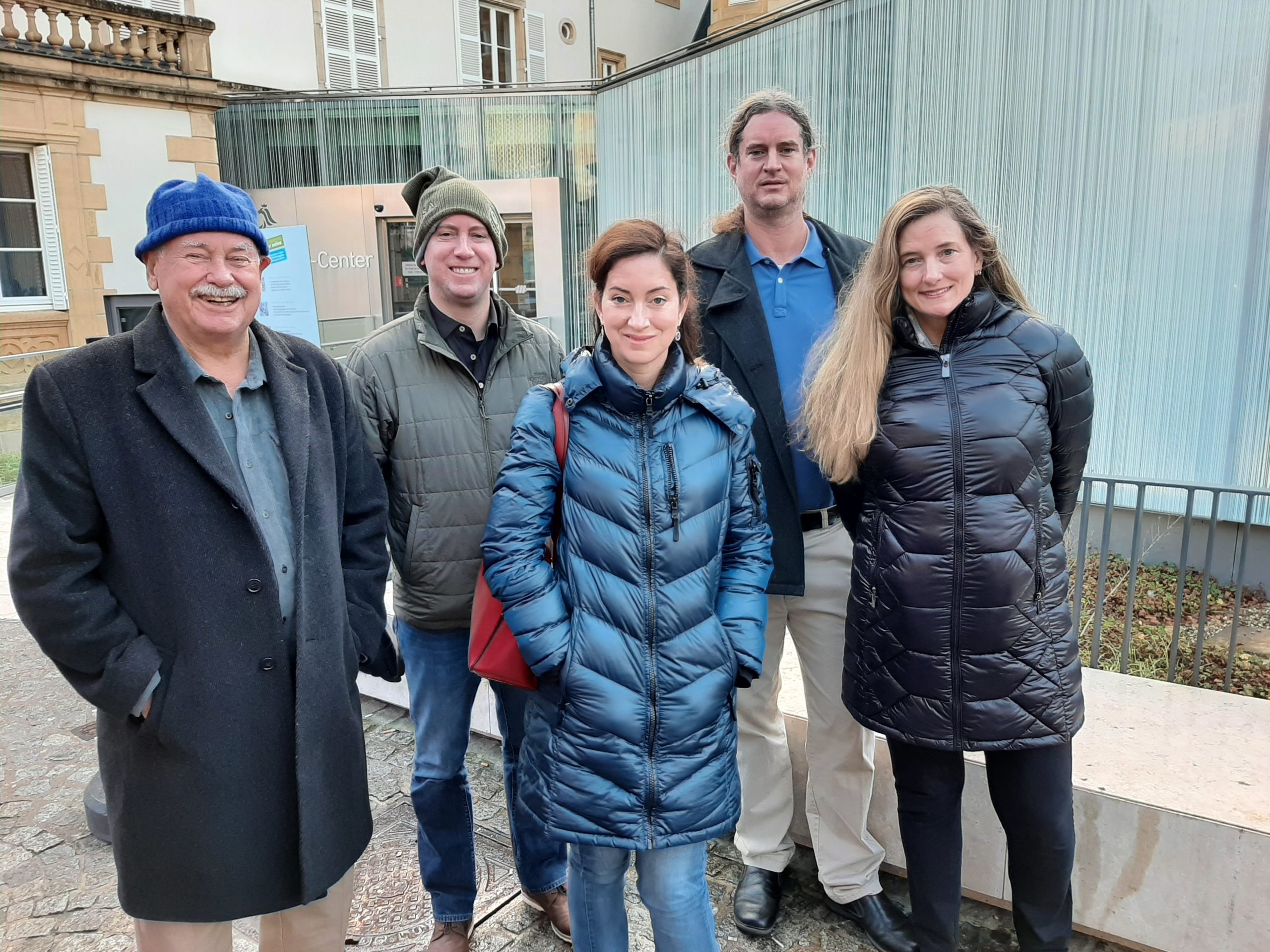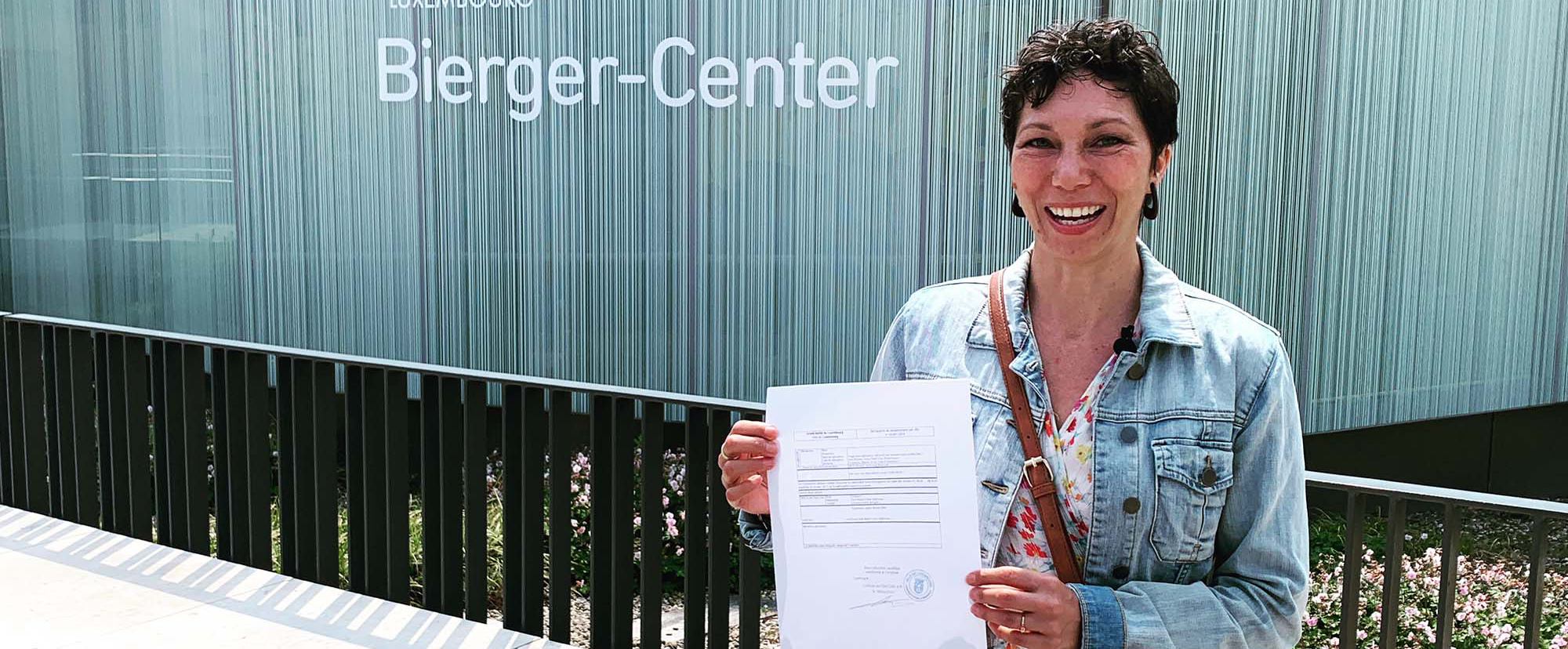Luxembourg is living a globally unprecedented phenomenon. Since the time of its last legislative elections in 2018, it has gained a new group of 33,697 citizens.
What’s unique about this group is not that it’s nearly the population of its second largest city or 5% of the country’s total population. What makes this new “city” truly unprecedented is that it will be made up exclusively of people born and living in the United States and Brazil. And, it’s only set to grow bigger.
Our Video About The Luxembourg Dual Citizen Study
Context
In 2008, Luxembourg liberalized its historically strict Nationality Act to allow for dual citizenship for the first time. The Act also created a temporary measure which enabled the direct lineage descendants of any Luxembourg citizen alive on January 1st, 1900 to reclaim the ancestor’s citizenship. In fact, no one in Luxembourg would expect just how popular this measure would be.
Land of Unexpected Growth
At the time of Luxembourg’s last legislative election in 2018, there were approximately 2,576 Luxembourg citizens living in Brazil and 3,375 in the United States. Now, the total numbers as of June 30th, 2023, were 26,743 citizens living in Brazil and 14,111 in the United States. And this number continues to grow. In December 2022, Luxembourg’s parliament approved a bill extending the deadline to recover Luxembourgish citizenship until December 2025.
Americans, Brazilians Adult Obtaining Citizenship, Article 89 Only
As the World Turns
For a country the size of Luxembourg, these are impressive and unprecedented numbers. But considering that these new citizens do not live in Luxembourg, why are they important at all?
There are multiple reasons. One is that Luxembourgish citizens have the right to absentee voting. Our research shows that the total new Luxembourg citizens living in Brazil and the United States alone would equivalent to 10% of all the eligible Luxembourgish voters living in the Grand Duchy.
Let’s put that in perspective. Voters who have never lived in the country vote in the country’s capital, Luxembourg City, which is part of Luxembourg’s Central Electoral Circumscription.
Luxembourg by Voting Districts
- North Voting District
- South Voting District
- East Voting District
- Center Voting District
In the June 2023 municipal election, 32,371 Luxembourgers voted in Luxembourg City. We estimate that there are approximately 27,781 eligible voters in Brazil and the United States. That’s equivalent to 85% of the voters in the country’s capital.
Moreover, there were 79,326 Luxembourgish voters in the entire Central Electoral Circumscription communes during the Municipal Elections 2023, meaning that these Luxembourgers in the Americas would be equivalent to over one third of the electors who decide on 21 of Luxembourg’s 60 members of parliament.
Luxembourg Citizens in the US, Brazil Equivalent To
10
of Luxembourg’s eligible voters
A Political Impact
Voting is not an obligation for Luxembourg citizens aboard. We explore in detail in this article the possible real impacts of this population on Luxembourg’s upcoming election. Overall, we’d estimate that well under 20% of this total population will likely vote.
However, even if only 10% of the new Luxembourg citizens do vote, this could have a material impact on Luxembourg’s elections and therefore political future. That said, very few people on the ground in Luxembourg have ever met any of these dual citizens through ancestry.
With this in mind, it’s very hard for anyone to know who these people are and how best to integrate them into Luxembourg’s society.
LuxCitizenship’s Dual Citizen Case Studies
That’s where we come in. Back in 2018, we at LuxCitizenship wanted to try to establish if we could find any similarities in the applicants’ data that would help us to better understand the who and why of Americans applying for Luxembourg citizenship.
Taking anonymized meta-data from around 300 future dual citizens’ application paperwork and the data we established after studying their ancestors’ migratory patterns, we began to visualize the data. We called this “The American-Luxembourgers Study”. Now, in its fourth edition, it covers over 1,000 American dual citizens.
Despite much smaller immigration waves from Luxembourg to Brazil, there are 3.4 Brazilians applying for dual citizenship for every American. We wanted to find out why. In 2021, we also conducted an open survey of over 200 Brazilian Luxembourg Dual Citizens to further expand our study.

Our Luxembourg Dual Citizen Case Studies include 3 articles about each group, the Americans and the Brazilians. You can visit each by clicking the links below. The articles explain:
The results, both where each population is similar and where they diverge, can spark significant points of research on their own. Let’s start by exploring some of the similarities.
Surprising Similarities Despite Differences
LANGUAGE
Luxembourgish is the language of the heart for all Luxembourgers, and has been for some time. In the immigrant communities that left for the New World, the practice of speaking Luxembourgish remained strong. However, in the United States during World War I and in Brazil during World War II, people were effectively banned from speaking German. Because others didn’t understand the difference, Luxembourgish communities were collective victims of these policies. Most children born during this time and after rarely had the opportunity to learn Luxembourgish.
Generally, only 22% of American respondents and 45% of Brazilian indicated that they speak a foreign language fluently. So that makes it so interesting that exactly 84% of both the American and the Brazilian dual citizen applicants indicate that they want to learn Luxembourgish. The historic role lingers.

GEOGRAPHY
Throughout both our Brazilian and American Luxembourg Ancestors studies, we found that the Luxembourgish immigrants tended to immigrate to similar regions in the destination country and then slowly branch out.
In the USA, the Luxembourgish immigrants concentrated in Minnesota, Wisconsin, Iowa, and Illinois. In Brazil, Santa Catarina, Parana, Rio Grande do Sul, and Espirito Santo States.
Luxembourgish Immigration: Popular States
Today, Minneapolis and Florianopolis may have more Luxembourgish citizens living there than many communes in Luxembourg. By our own research, the Minneapolis-Saint Paul area has more eligible Luxembourgish voters (est. 888) than Heffingen in Luxembourg’s Center electoral circumscription (774 voters).
INTEREST TO MOVE
Both the Americans and Brazilians surveyed indicate a high total interest in moving to Luxembourg or the EU. 79.4% of the American and 90.6% of Brazilian respondents indicate that they are interested to move at some point.
However, the timing varies. The vast majority of the Brazilian respondents are interested to move in the next five years, 44% in 1-2 years and 23% in the next 3-5 years. The Americans on the other hand are more likely to not have exact plans or to think about later in life, only 13% are interested to move in the next 1-2 years and 28% in 3-5 years.
American Luxembourgers: When to Move?
Brazillian Luxembourgers: When to Move?
DIFFERENCES
The differences in motivations for the two populations seem to go hand-in-hand with the timelines for moving. Among the top four reasons motivating Brazilians to apply, they indicated: thinking in the interest of my children/grandchildren, pride in Luxembourgish heritage, and interest to work in Luxembourg/EU.
Among the American respondents’ top 4 were pride in my Luxembourigsh heritage, desire to reconnect with land of my ancestors, and I am interested in retiring in Luxembourg/EU.
Both populations represent a high percentage of people that have attended university level education. However, their individual career paths are divergent. A high percentage of the American Luxembourgers work in education and healthcare, while the largest percentage of the Brazilian population works as civil servants.
Conclusion
When Luxembourg’s government set out to liberalize its citizenship law in 2008, no politician would have ever imagined that only a few years later, that there would be a new “town” in the Grand Duchy made up of Americans and Brazilians. Nor could they imagine that this grouping could possibly have such a considerable impact on Luxembourg in the years to come.
Our research would indicate that they underestimated just how proud to be Luxembourgish the New World Luxembourgers were.

One way or another, we are completely confident that over the next years, people in Luxembourg will begin to hear more and more about and from these two groups of new Luxembourg citizens. We hope that this research project can be a first step in getting to know who are the Luxembourg citizens in the Americas.
From that point on, and especially in the next few years to come after, we are sure you will be hearing a lot more about this population.

